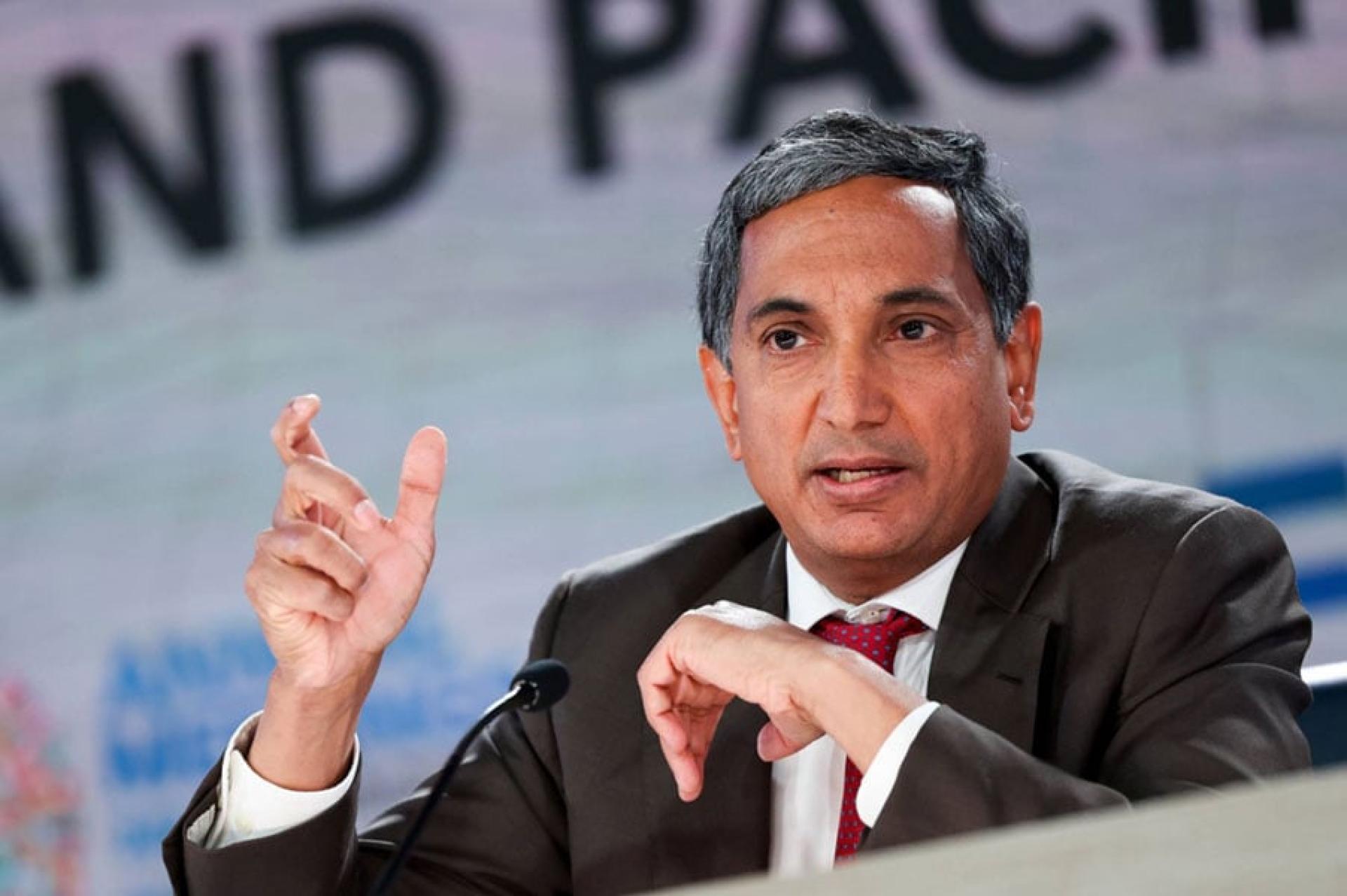The International Monetary Fund (IMF) has raised its forecast for economic growth in Asia, but also warns that a further escalation in U.S.-China tensions would have a greater impact on the region, and that strengthening regional integration could help mitigate these shocks.
According to foreign media reports, Krishna Srinivasan, Director of the IMF’s Asia and Pacific Department, said on the 16th that although Asia has borne the brunt of U.S. tariff shocks, economic activity in the region has still performed better than expected.
The potential impacts of the U.S.-China dispute are not reflected in the IMF’s latest forecast for Asia. The IMF predicts that the Asian economy will grow by 4.5% in 2025, a slight slowdown from a 4.6% growth rate in 2024, but 0.6% higher than the IMF’s April forecast.
The IMF expects Asia’s economic growth to slow to 4.1% in 2026.
At a press conference during the IMF-World Bank Annual Meetings, Srinivasan said that in both this year and next, Asia is expected to again contribute the largest share to global growth, around 60%. However, the region’s economic outlook still faces significant downside risks because 'tariff issues are not resolved,' and they could further intensify.
Srinivasan said: 'When global risks materialize, Asia suffers more. Asia is a region highly integrated into global supply chains, so when large economies like the United States and China experience tensions, Asia is more heavily affected.'
Srinivasan noted that to mitigate the impact of external shocks, Asian countries could restructure their economies, shifting from reliance on exports to expanding domestic demand. He added that strengthening regional integration could also, in the medium term, boost Asia’s overall GDP growth by as much as 1.4%.
U.S.-China trade tensions have intensified after Beijing expanded its restrictions on rare earth exports, and President Trump threatened to impose 100% tariffs on Chinese imports starting November 1.
